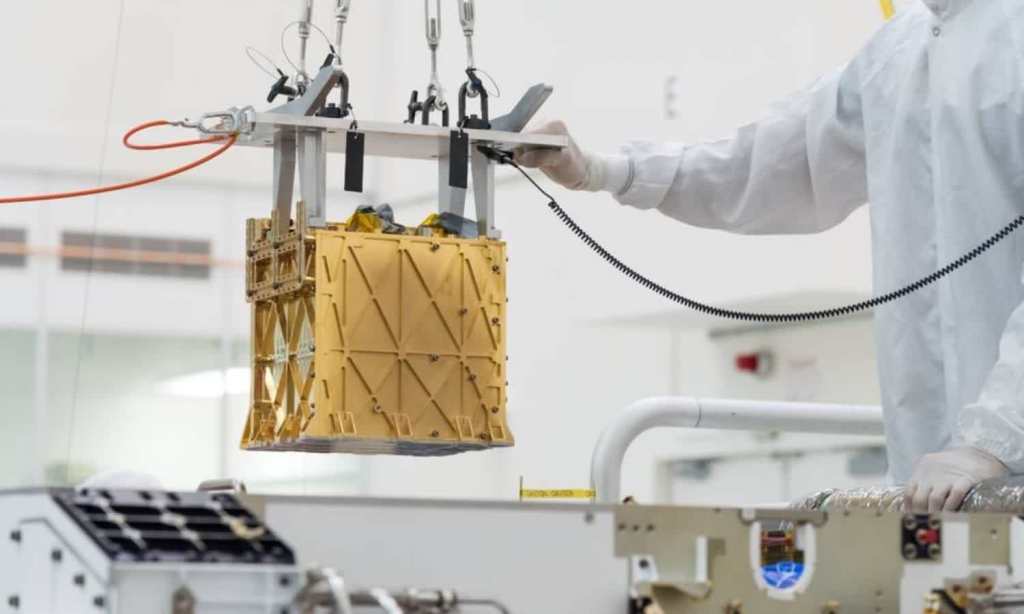There’s a lot of history-making going down on Mars. The first liveable city on Mars has been designed, an aircraft has achieved powered flight on Mars for the first time ever, and the first house to be built on Mars has been sold.
And now, NASA has been able to successfully generate oxygen on the red planet, which is a future-brightening step towards Mars becoming a possible destination to live, one day.
One of the many barriers to humans freely exploring outer space, and inhabiting other planets such as Mars, is the lack of oxygen. NASA’s new Perseverance rover has challenged that.
Using an instrument named MOXIE (Mars Oxygen In-Situ Resource Utilization Experiment), the rover took carbon dioxide from the Martian atmosphere and successfully converted it into oxygen. Following this success, NASA has stated that it plans to conduct more MOXIE tests.
MOXIE ran its test for about an hour, producing just under six grams of oxygen. Six grams of oxygen is enough to keep an astronaut going for about 10 minutes. Although obviously, that’s nowhere near enough to keep someone alive for a realistic amount of time, it is a huge step forward in the exploration of Mars.
Not only could that oxygen allow humans to breathe on Mars, but it would also lighten the load for return missions back to earth, or for trips to other areas of the solar system.
Rockets need oxygen to burn fuel during liftoff, so being able to create it on Mars would mean spacecrafts could bring less from Earth, without fear of running out, and the option to top up on Mars. This would hugely decrease the spacecraft’s weight, which means less fuel overall and a happier Earth.
“Oxygen is the heavier part of rocket fuel,” explained Michael Meyer, Mars Exploration Program lead scientist at NASA, to Mashable. “If NASA wanted to get four astronauts off Mars, the spacecraft would need 27.5 tons of oxygen to do it. Keeping those four breathing for a year would require about one ton.”
If MOXIE stays on track, producing 27.5 tons would take more than 475 years, however, there is the chance that future devices could be larger and more efficient than the 38-pound MOXIE.
“You can imagine scaling that up and having a bigger plan for humans when we finally send them there to make enough oxygen to get back off the surface and to have oxygen to breathe,” said Mitch Schulte, NASA’s Mars 2020 program scientist.
Read more stories from The Latch and subscribe to our email newsletter.







